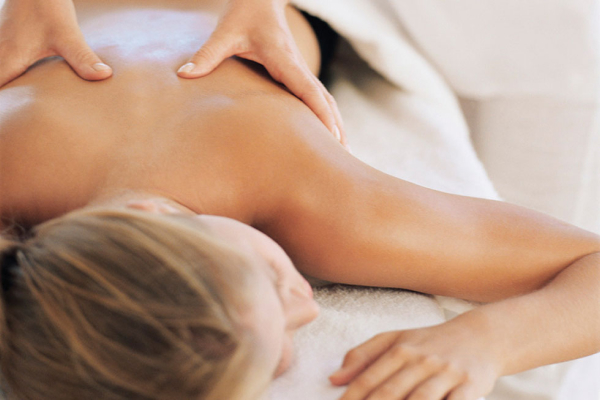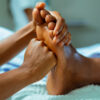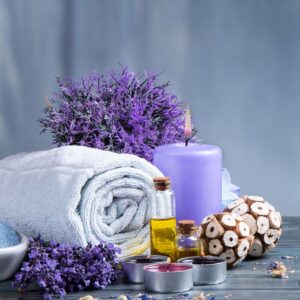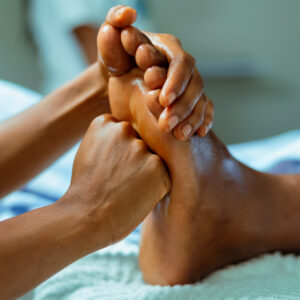A shoulder, neck, and back massage is a therapeutic treatment that focuses on relieving tension, reducing pain, and promoting relaxation in the upper body. This type of massage addresses the interconnected muscles and tissues in the shoulders, neck, and back, which are common areas for stress and discomfort.
Key Characteristics of Shoulder, Neck, and Back Massage:
- Target Areas:
- The massage focuses on the muscles and tissues of the shoulders, neck, and back, including the upper, middle, and lower back regions.
- Special attention is given to areas that commonly hold tension, such as the trapezius, rhomboids, and levator scapulae muscles.
- Techniques Used:
- A variety of massage techniques are employed, including kneading, stroking, circular movements, tapping, and friction.
- Deep tissue techniques may be used to address muscle knots and chronic tension.
- Stretching and mobilization techniques can be incorporated to improve flexibility and range of motion.
- Use of Oils or Lotions:
- Massage oils or lotions are typically used to reduce friction and allow for smooth, gliding movements. These can also have added benefits, such as moisturizing the skin or providing aromatherapy effects.
- Adjustable Pressure:
- The therapist adjusts the pressure based on the client’s comfort level and specific needs. Both gentle and deep pressure techniques may be used to achieve desired results.
Benefits of Shoulder, Neck, and Back Massage:
- Pain Relief: Alleviates pain and discomfort in the shoulders, neck, and back, including conditions like tension headaches and chronic back pain.
- Reduced Muscle Tension: Relaxes tight and sore muscles, improving flexibility and range of motion in the upper body.
- Improved Circulation: Enhances blood flow to the targeted areas, promoting healing and reducing inflammation.
- Stress Reduction: Promotes relaxation and reduces stress levels, which can positively affect overall well-being.
- Improved Posture: Helps correct poor posture by relieving muscle tension and strengthening weak muscles.
- Enhanced Sleep Quality: Can improve sleep by promoting relaxation and reducing physical discomfort.
Typical Session for Shoulder, Neck, and Back Massage:
- Consultation: The session begins with a consultation to discuss the client’s specific concerns, pain points, and any medical conditions.
- Preparation: The client typically lies face down on a massage table. A sheet or towel may be used to cover the body, with only the targeted areas exposed.
- Application of Oils/Lotions: The therapist applies massage oil or lotion to the shoulders, neck, and back to facilitate smooth movements.
- Massage Techniques: The therapist uses various techniques to work on the muscles and tissues, adjusting the pressure as needed. They may focus on specific areas with knots or significant tension.
- Stretching and Mobilization: The therapist may incorporate gentle stretches and mobilization techniques to enhance flexibility and range of motion.
- Cool Down: The session often ends with lighter strokes to soothe the muscles and promote relaxation.
Contraindications:
- Recent Injuries or Surgery: Individuals with recent injuries or surgeries in the neck, shoulders, or back should avoid massage until cleared by a healthcare provider.
- Skin Conditions: Certain skin conditions, such as infections, rashes, or open wounds, can be exacerbated by massage.
- Chronic Conditions: Conditions like osteoporosis, severe arthritis, or certain cardiovascular issues may require modifications or avoidance of certain techniques.
- Consultation with Healthcare Provider: It’s advisable to consult with a healthcare provider if there are any underlying health concerns before getting a shoulder, neck, and back massage.
Conclusion:
A shoulder, neck, and back massage is an effective way to manage pain, reduce stress, and promote overall well-being through the skilled manipulation of the upper body muscles and tissues. The combination of targeted techniques and personalized pressure can provide significant relief and improve the quality of life for individuals experiencing discomfort in these areas.






